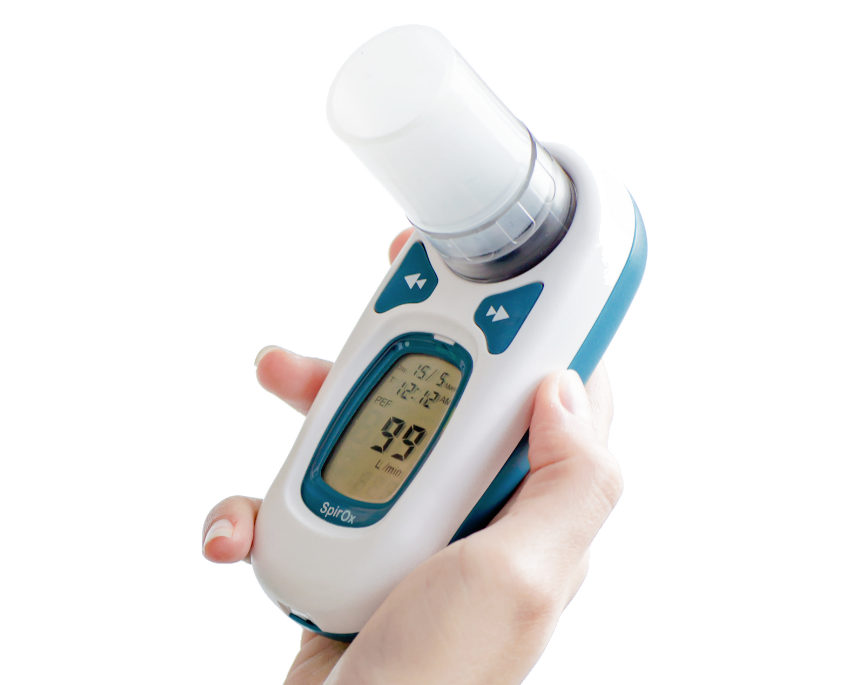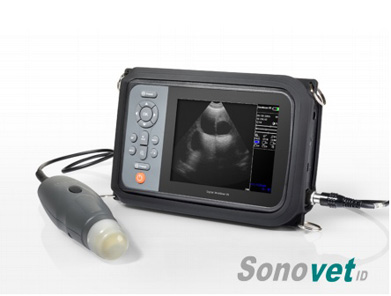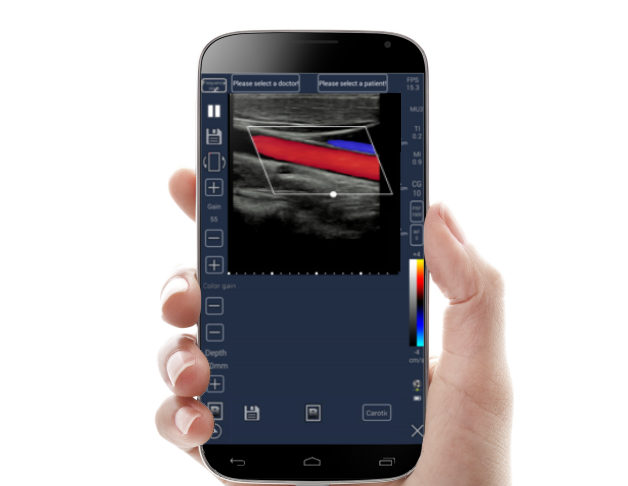Synchronized and Unsynchronized Cardioversion
Ever wondered what the difference between synchronized and unsynchronized cardioversion is?
Synchronized cardioversion is a LOW ENERGY SHOCK that uses a sensor to deliver electricity that is synchronized with the peak of the QRS complex (the highest point of the R-wave). When the “sync” option is engaged on a defibrillator and the shock button pushed, there will be a delay in the shock. During this delay, the machine reads and synchronizes with the patients ECG rhythm. This occurs so that the shock can be delivered with or just after the peak of the R-wave in the patients QRS complex.
Synchronization avoids the delivery of a LOW ENERGY shock during cardiac repolarization (t-wave). If the shock occurs on the t-wave (during repolarization), there is a high likelihood that the shock can precipitate VF (Ventricular Fibrillation).
The most common indications for synchronized cardioversion are unstable atrial fibrillation, atrial flutter, atrial tachycardia, and supraventricular tachycardias. If medications fail in the stable patient with the before mentioned arrhythmias, synchronized cardioversion will most likely be indicated.
Unsynchronized cardioversion (defibrillation) is a HIGH ENERGY shock which is delivered as soon as the shock button is pushed on a defibrillator. This means that the shock may fall randomly anywhere within the cardiac cycle (QRS complex). Unsynchronized cardioversion (defibrillation) is used when there is no coordinated intrinsic electrical activity in the heart (pulseless VT/VF) or the defibrillator fails to synchronize in an unstable patient.
For cases where electrical shock is needed, if the patient is unstable, and you can see a QRS-t complex use (LOW ENERGY) synchronized cardioversion. If the patient is pulseless, or if the patient is unstable and the defibrillator will not synchronize, use (HIGH ENERGY) unsynchronized cardioversion (defibrillation).
Questions& Answers
Q:When heart rate is 230 PT is unstable pulseless on peripheral, central you cannot feel properly, must I deffibrilate with unsychronised or achy?
A:If the patient is unresponsive and pulseless with a narrow complex tachycardia you would use the right branch of the cardiac arrest algorithm. Neither defibrillation North synchronize cardioversion would be indicated. (it would be very important to determine the cause in this situation.)
If the patient is unresponsive and pulseless with a wide complex tachycardiyou would use the left branch of the cardiac arrest algorithm. Defibrillation would be indicated.
If the patient is not unreponsive, but unstable with a narrow complex tachycardia you would perform synchronized cardioversion.
Q:Defibrillate pulseless vt but cardiovert vt with a pulse. Why the difference?
A:There are a couple of reasons for this:
First, pulseless ventricular tachycardia degenerates fairly rapidly into ventricular fibrillation and there is a high likelihood that synchronization will not be possible with pulseless ventricular tachycardia. In light of this, defibrillation is recommended over attempting synchronized cardioversion when the ventricular tachycardia is pulseless.
Second, the body of literature that is available indicates that defibrillation is quite effective for pulseless ventricular tachycardia, and therefore, defibrillation is recommended for pulseless ventricular tachycardia.
meditech defibrillator :
https://www.meditech.com.cn/defibrillator/
















